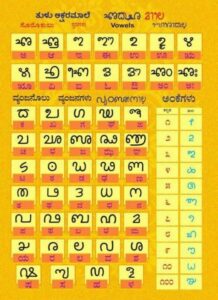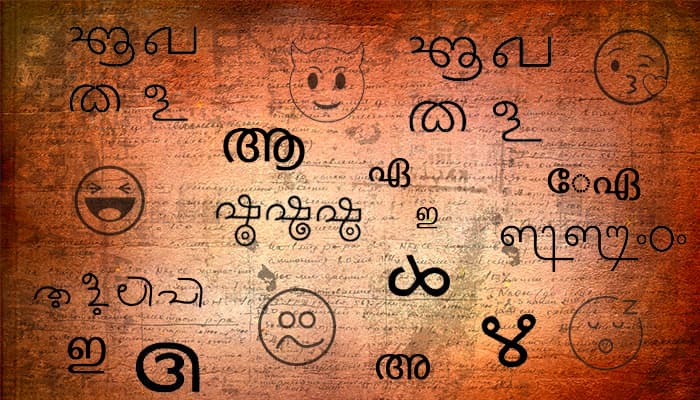Tulu-Tigalari is a long-forgotten Indian language. There is not a simple effort to make it publicly available. Several tasks are made simpler by technology. However, digitizing Tulu-Tigalari, a 2,000-year-old Indian language, and script spoken by just 1.8 million people, is proving tough.
However, it entails bringing the script into compliance with the Unicode standards!
However, it entails bringing the script into compliance with the Unicode standard which is managed by the Unicode Consortium, a non-profit organization. Every character in a script is assigned a code, as are emojis so that any computer can identify them worldwide. Today, becoming a Unicode voting member costs $21,000 per year, besides Google, UC Berkeley, Oman, and Emojipedia.
Trying to decide on the best structure for each character in a different language is difficult. Particularly with Tulu-Tigalari, where two characters might join in four different ways. When you include diverse dialects and recent modifications, things become much more complicated. The Tulu language is spoken by just around 1.8 million people and is not officially recognized by the Indian government, despite the fact that it has been around for almost 2000 years. Tulu is spoken in various Asian nations, although it is most often used in areas of the Indian state of Karnataka, which is tucked between the Western Ghats mountain range and the Arabian Sea.
The digitization of the Tulu script is a minor part of a much wider global challenge. Tulu, like many other languages across the world, faces extinction: UNESCO lists it as one of 192 Indian languages that are “in danger.” Globally, 40% of the nearly 7,000 languages spoken by humans are endangered.
Hundreds of species have gone extinct in the last century, taking with them tales, cultural traditions, ethnic identities, and a wealth of other historical knowledge. One method of preserving a language is to guarantee that it gets digitized so that its speakers may feel free to express freely as tech advances. Efforts Matter
 For nearly two decades, the now 37-year-old typeface designer, Vaishnavi Murthy, has led a twisty and sometimes contentious journey to incorporate what she calls the Tulu-Tigalari script into the Unicode standard, the technical foundation that makes it possible for any computer or smartphone to display languages ranging from Chinese to emoji.
For nearly two decades, the now 37-year-old typeface designer, Vaishnavi Murthy, has led a twisty and sometimes contentious journey to incorporate what she calls the Tulu-Tigalari script into the Unicode standard, the technical foundation that makes it possible for any computer or smartphone to display languages ranging from Chinese to emoji.
“I had no idea about all the complexities of Unicode,” Murthy told a News website. “However, because it’s a script that’s quite close to my house, I’m kind of compelled to have it encoded.”
She spent the next five years learning to read the Tulu-Tigalari script, creating new character representations, and working out how the symbols interacted.
“It’s about the delicate behaviour that we need to capture in the Unicode proposal and how to describe it,” said Rajan, a software consultant in Germany.
In 2016, Murthy finally submitted a fresh tentative proposal to Unicode. Rajan joined the initiative a year later to give technical guidance, and he and Murthy have been communicating with consortium officials, answering queries and providing answers.
As Murthy fell in love with the Tulu script, it piqued the interest of U.B. Pavanaja, a 62-year-old Bengaluru-based computing scholar who has spent most of his career striving to bring Indian languages online. He paid a visit to the head of the Karnataka Tulu Sahitya Academy in 2006, attempting to persuade experts there to include Tulu in Unicode.
He has spent decades toying with various types of software for Indo-Aryan languages and has worked for firms such as Tally and Microsoft; his professional résumé is many pages long. While he did not speak the language at home, he finally became associated with the Tulu Wikipedia movement, which has been publishing Tulu entries written in Kannada script for over five years.










